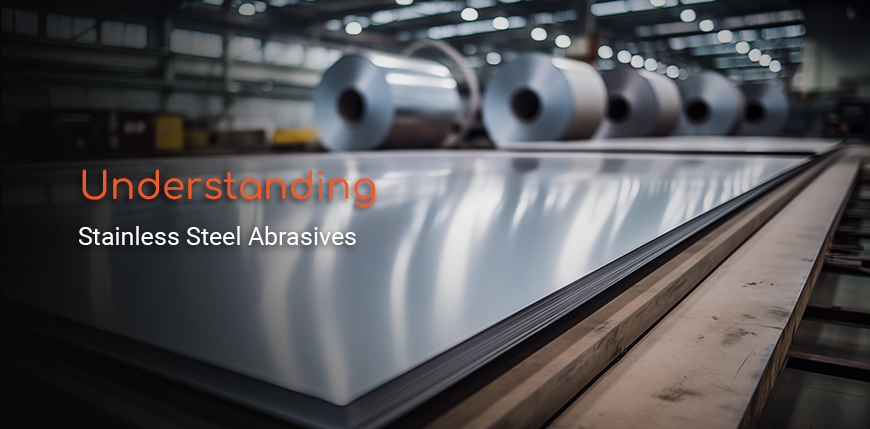Stainless Steel Grit vs. Stainless Steel Shot: How to Choose the Right Abrasive
Stainless steel abrasives offer exceptional performance in a variety of applications, but selecting between stainless steel grit and stainless steel shot can be challenging. Each type has its own unique properties and advantages, making them suitable for different tasks. In this article, we will explore the differences between stainless steel grit and shot, their applications, and how to determine which is best suited for your surface preparation needs.
Understanding Stainless Steel Grit and Shot
Stainless Steel Shot
Stainless steel shot is composed of spherical particles that are used primarily for peening and cleaning












